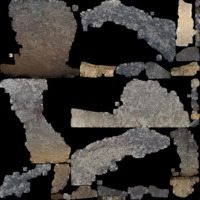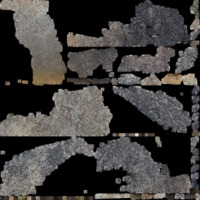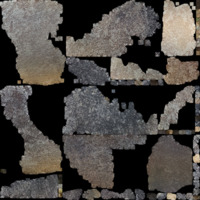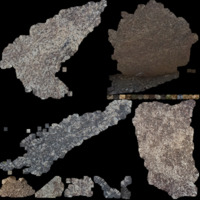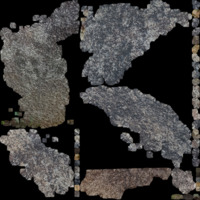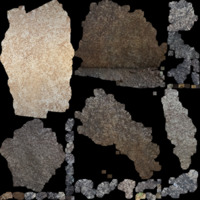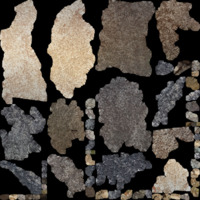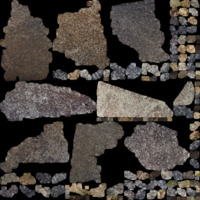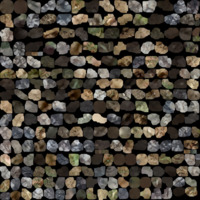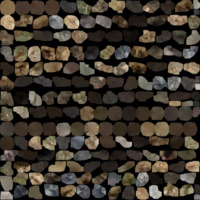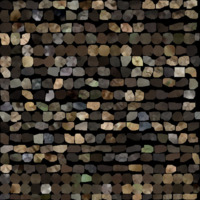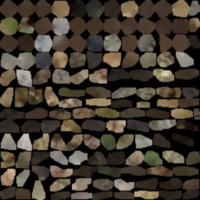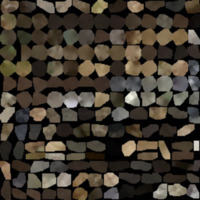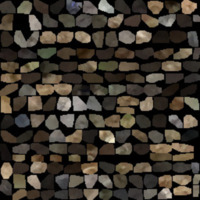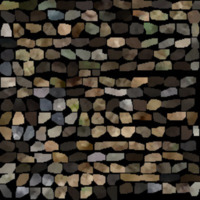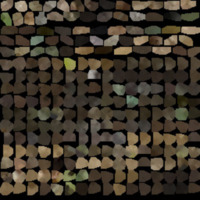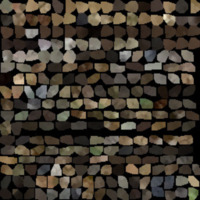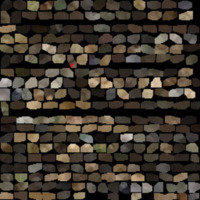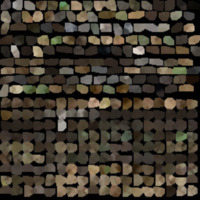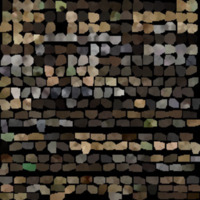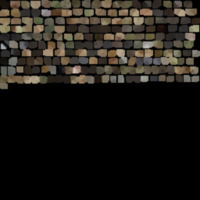Bola de peidra - Stone ball / Petrosphere
Dublin Core
Title
Bola de peidra - Stone ball / Petrosphere
Description
Las bolas de piedra parecen detener el tiempo para que veamos la habilidad, ingenio y sabiduría de nuestros ancestros, quienes dominaron este territorio en los tiempos precolombinos. Principalmente por su cantidad, significado y casi perfección las esferas de piedra son únicas del Sur de Costa Rica, testimonio de las sociedades pasadas y por ende poseedoras de relevancia mundial. The Stone balls have held up the test time for us to see the ability, ingenuity and wisdom of our ancestors that dominated this territory in pre-Columbian times. Mostly for their quantity, significance and being almost perfect in shape, the stone spheres are unique to the south of Costa Rica, acting as a testimony for past societies and therefore possess global relevance. Estos objetos representan la identidad grupal y el poder. Según las historias de nuestros antepasados las esferas eran sagradas y usadas como símbolos de rango y marcadores territoriales. También, las esferas encontradas en sitios de la zona sugieren un significado astronómico y ritual. La manufactura de las esferas se dio entre los años 400 y 1500 d.C desarrollándose la mayor producción entre 800 y 1500 d.C. En cuanto a su tamaño, se han encontrado esferas desde los pocos centímetros hasta los 2,5 metros, con un peso de 16 toneladas. Los materiales utilizados para elaborarlas son gabro, granodiorita y algunas en piedra caliza. These objects represent group identity and power. According to the stories of our ancestors the spheres were sacred and used as rank symbols and territorial markers. Also, the spheres found in sites in the area suggest astronomical and ritual significance. The manufacture of the spheres occurred between 400 and 1500 A.D., with the greatest production being developed between 800 and 1500 A.D. As for its size, spheres from a few centimeters to 2.5 meters have been found, weighing 16 tons. The materials used to make them are gabbro, granodiorite and some in limestone.
Creator
Ancestral 800 to 1500 BC
Type
3D Object
Extent
250cm x 250cm x 250cm
Spatial Coverage
current,9.0015485,-83.3259972;
License
Creative Commons Attribution-NonCommercial-ShareAlike License
Europeana
Object
https://sketchfab.com/models/f4ccf5768f244eae8bbeab88286c6c89/embed
Europeana Type
3D
3D Object Item Type Metadata
Wiki
https://eu-lac.org/vmwiki/index.php/Bola_de_peidra_-_Stone_ball_/_Petrosphere
DescriptionEN
Las bolas de piedra parecen detener el tiempo para que veamos la habilidad, ingenio y sabiduría de nuestros ancestros, quienes dominaron este territorio en los tiempos precolombinos. Principalmente por su cantidad, significado y casi perfección las esferas de piedra son únicas del Sur de Costa Rica, testimonio de las sociedades pasadas y por ende poseedoras de relevancia mundial. The Stone balls have held up the test time for us to see the ability, ingenuity and wisdom of our ancestors that dominated this territory in pre-Columbian times. Mostly for their quantity, significance and being almost perfect in shape, the stone spheres are unique to the south of Costa Rica, acting as a testimony for past societies and therefore possess global relevance. Estos objetos representan la identidad grupal y el poder. Según las historias de nuestros antepasados las esferas eran sagradas y usadas como símbolos de rango y marcadores territoriales. También, las esferas encontradas en sitios de la zona sugieren un significado astronómico y ritual. La manufactura de las esferas se dio entre los años 400 y 1500 d.C desarrollándose la mayor producción entre 800 y 1500 d.C. En cuanto a su tamaño, se han encontrado esferas desde los pocos centímetros hasta los 2,5 metros, con un peso de 16 toneladas. Los materiales utilizados para elaborarlas son gabro, granodiorita y algunas en piedra caliza. These objects represent group identity and power. According to the stories of our ancestors the spheres were sacred and used as rank symbols and territorial markers. Also, the spheres found in sites in the area suggest astronomical and ritual significance. The manufacture of the spheres occurred between 400 and 1500 A.D., with the greatest production being developed between 800 and 1500 A.D. As for its size, spheres from a few centimeters to 2.5 meters have been found, weighing 16 tons. The materials used to make them are gabbro, granodiorite and some in limestone.
Files
Collection
Citation
Ancestral 800 to 1500 BC, “Bola de peidra - Stone ball / Petrosphere,” EU-LAC, accessed January 21, 2026, https://eu-lac.org/omeka/items/show/152.
Embed
Copy the code below into your web page




